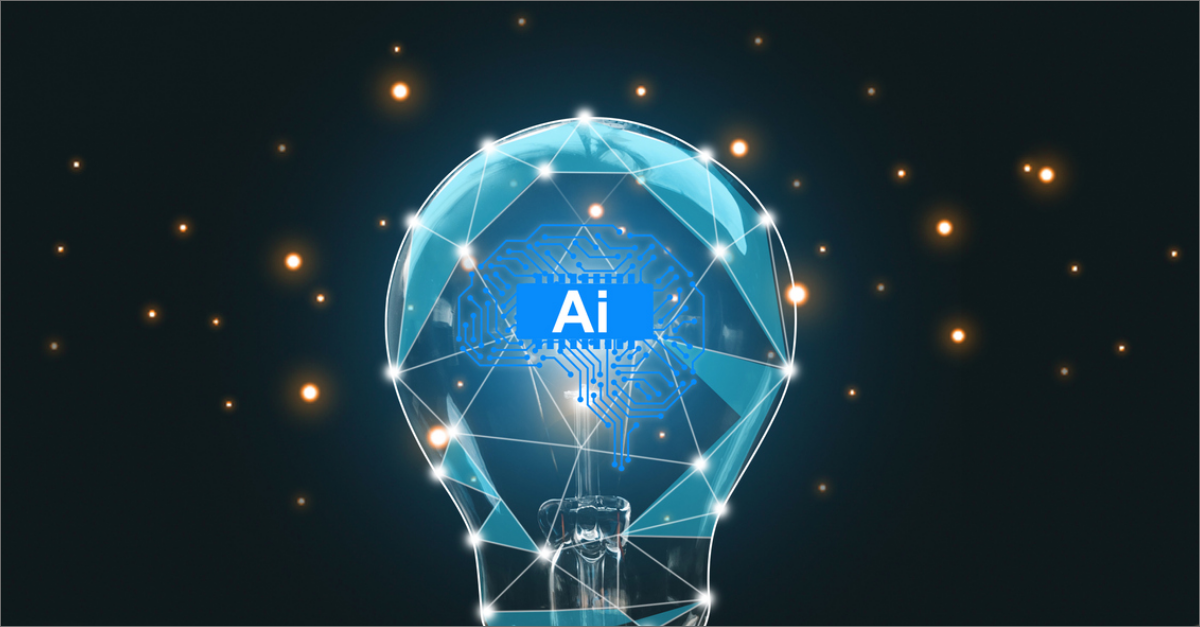The future of marketing is no longer about whether to use AI. The real question is how to structure teams around it.
An AI-first marketing team begins with artificial intelligence at the center of its strategy, workflows, and decision-making. That doesn’t mean businesses should replace their people with software – what changes is how they work. By weaving AI into the foundation of a team, organizations create a model where technology handles the repetitive and data-heavy tasks while people focus on creativity, storytelling, and strategy.
AI as an Accelerator, Not a Replacement
Concerns about AI replacing jobs are understandable, but the reality is more balanced. An AI-first team uses automation to speed up the parts of marketing that drain resources and time.
According to research by SurveyMonkey:
- 93% of marketers who use AI say it helps them create content faster
- 90% say it enables quicker decisions
- 81% say it uncovers insights they would not have found as quickly on their own
Building AI into the foundation of a team also ensures that efficiency and creativity scale together. Marketers no longer have to choose between speed and quality. Instead, they can use AI to experiment, iterate, and personalize at a pace that was once impossible.
This approach is especially beneficial for smaller organizations. AI allows lean teams to produce more content, launch more campaigns, and track more insights without increasing headcount or costs at the same pace.
In fact, an ActiveCampaign small business survey shows that on average, regular AI use saves individual marketers 13 hours per week and reduces operational costs by nearly $5,000 each month. By executing at a much higher capacity, smaller companies can punch above their weight and compete with larger brands.
What an AI-First Marketing Team Looks Like
An AI-first team is more than a traditional marketing group with a few new tools. It’s structured to embed AI into every stage of the process. The team is smaller, more agile, and organized around directing, refining, and scaling AI outputs.
The roles within the team evolve as well. Marketers become AI directors, guiding tools with well-crafted prompts, interpreting outputs, and ensuring results align with brand and audience goals. Creativity shifts toward shaping narratives and experiences while AI takes on tasks like testing variations, surfacing trends, and producing first-draft content. For example, an AI-first team might include:
- AI Marketing Strategist – Owns overall strategy and ensures AI initiatives align with business goals. This role identifies high-value use cases and oversees measurement.
- Prompt Engineer or AI Content Director – Specializes in guiding AI tools, crafting inputs that produce quality outputs, and training models to match the brand’s voice.
- Data and Insights Manager – Prepares, governs, and interprets data so that AI-driven insights are accurate, reliable, and usable in decision-making.
- Creative Director – Focuses on storytelling and brand identity, refining AI-generated assets into campaigns that resonate with audiences.
- AI Operations Lead – Manages the integration of AI tools across platforms, ensuring compatibility, security, and compliance.
With a reimagined structure where human expertise and AI capabilities are deliberately combined, human marketers can stay focused on creativity and growth while AI works in the background as a constant accelerator. It’s the blend of human judgment and machine efficiency that makes the model so effective.
Where to Start
The path to an AI-first marketing team begins with a readiness audit. Organizations should assess where AI:
- AI is already in use
- Bottlenecks exist
- Automation could unlock the most value
From there, leadership can define a vision for how AI fits into overall growth goals.
Next comes AI integration, which requires the right technology. Foundational systems need to be flexible and compatible so that AI can be embedded seamlessly into existing workflows. For content, that might mean using generative tools to draft social posts, blogs, or ad copy that human editors refine. For campaigns, predictive models can identify the right audiences and suggest budget allocations. For analytics, AI can surface insights from data that would otherwise take weeks to parse.
As tools are integrated, marketers should be enabled with the knowledge and capacity to adopt them. Governance also plays a role. Clear guidelines help ensure transparency, protect data privacy, and maintain ethical standards. And like any marketing strategy, success comes from iteration. AI performance should be tracked, measured, and optimized so the team grows more capable over time.
Build Smart, Not Fast
An AI-first marketing team isn’t about replacing people with machines, and it’s not built overnight. It takes time, planning, structure, and the right technology foundation. But the companies that start building with AI at the center today will move faster, scale more effectively, and unlock growth that would be out of reach with a traditional structure.

